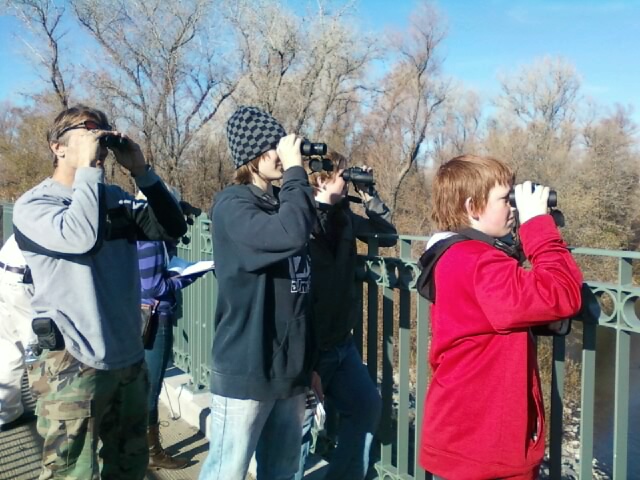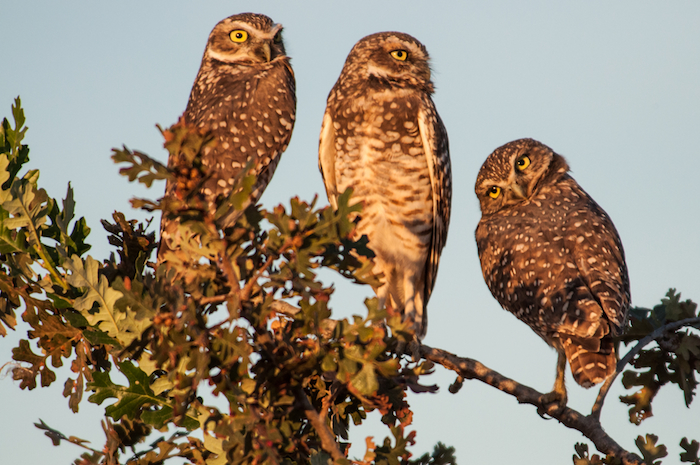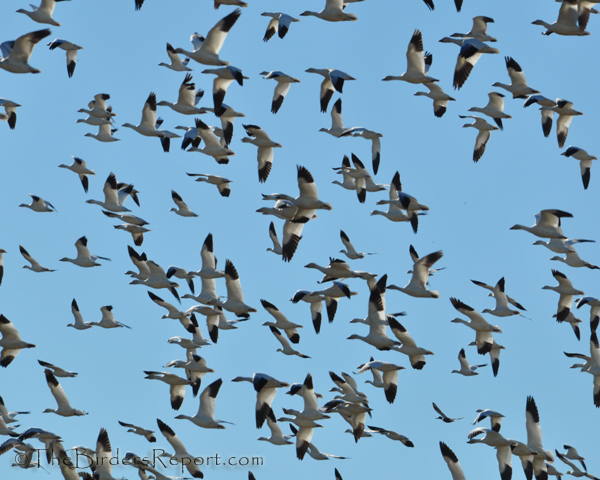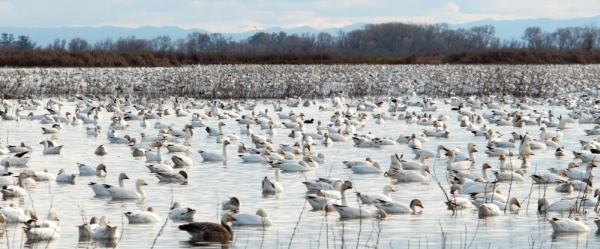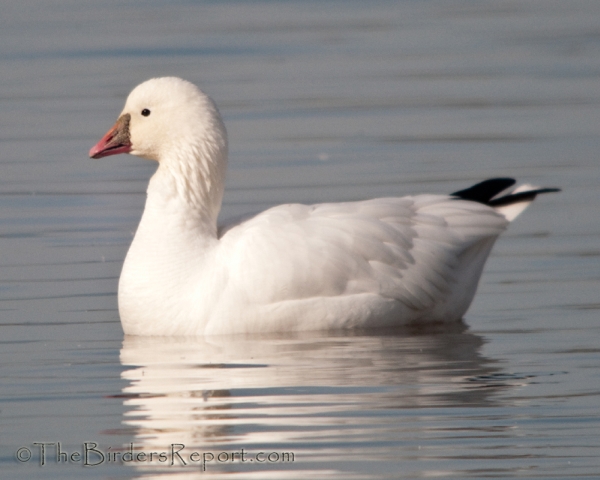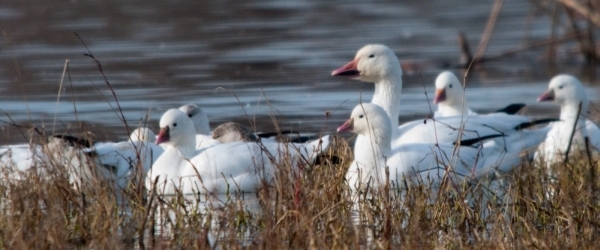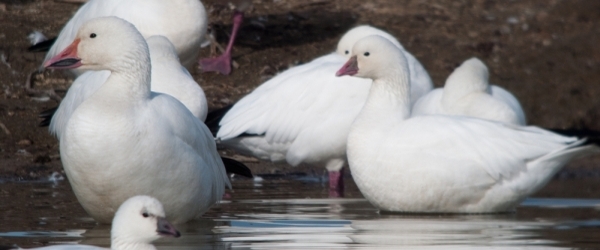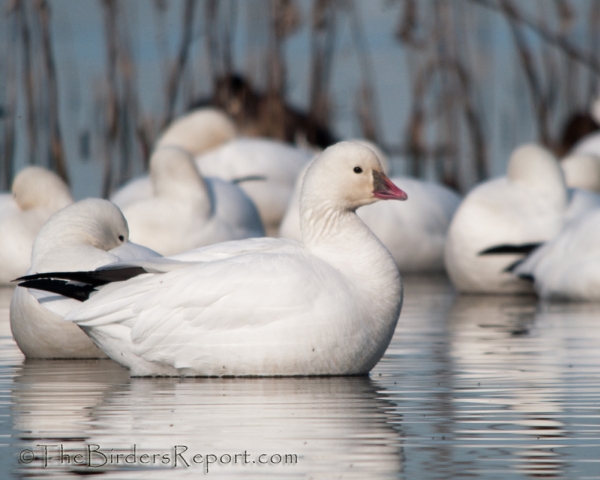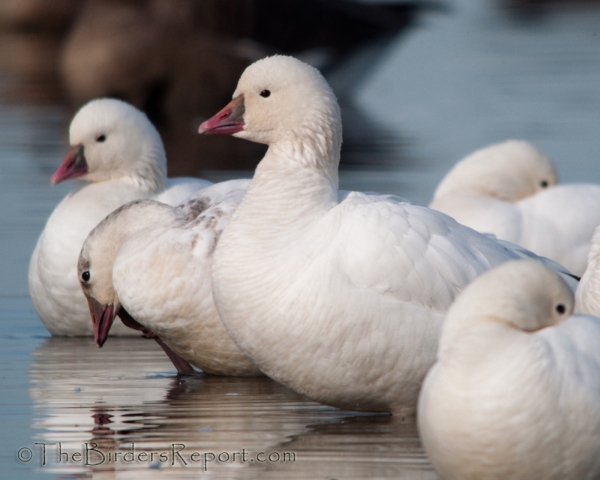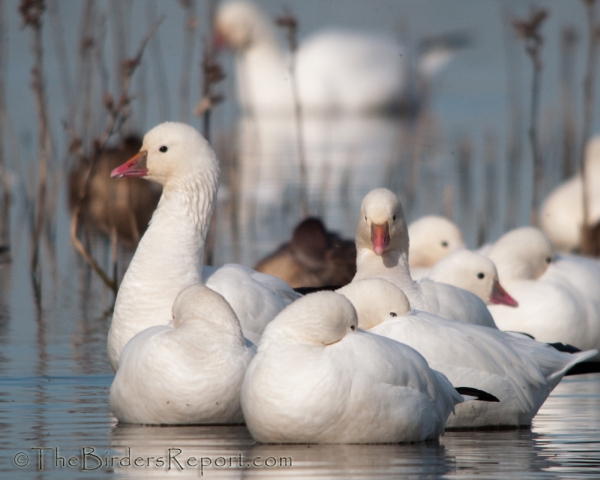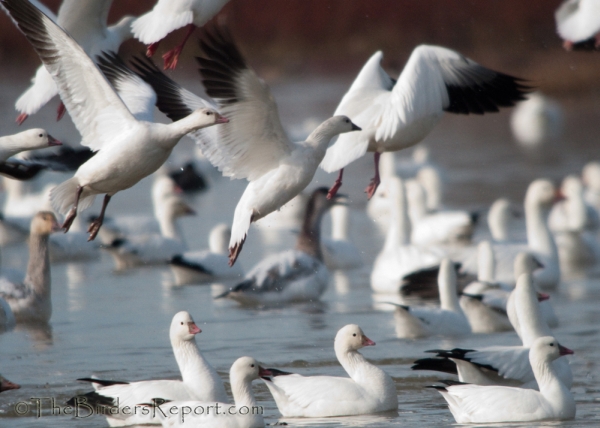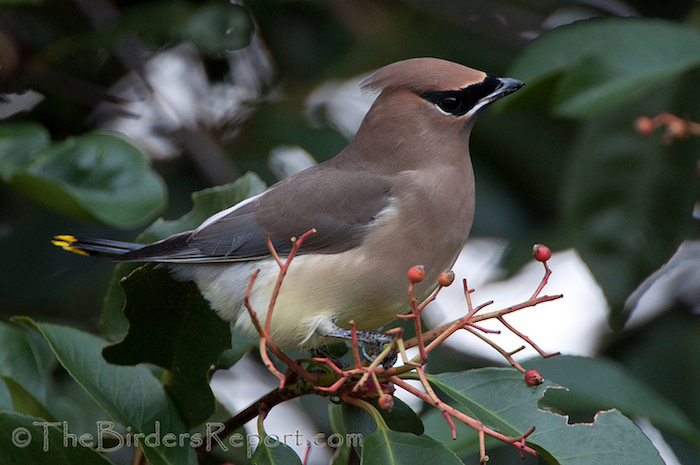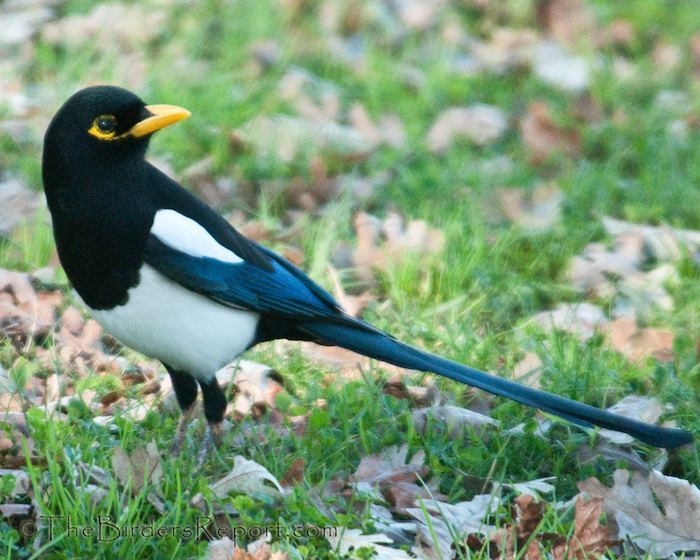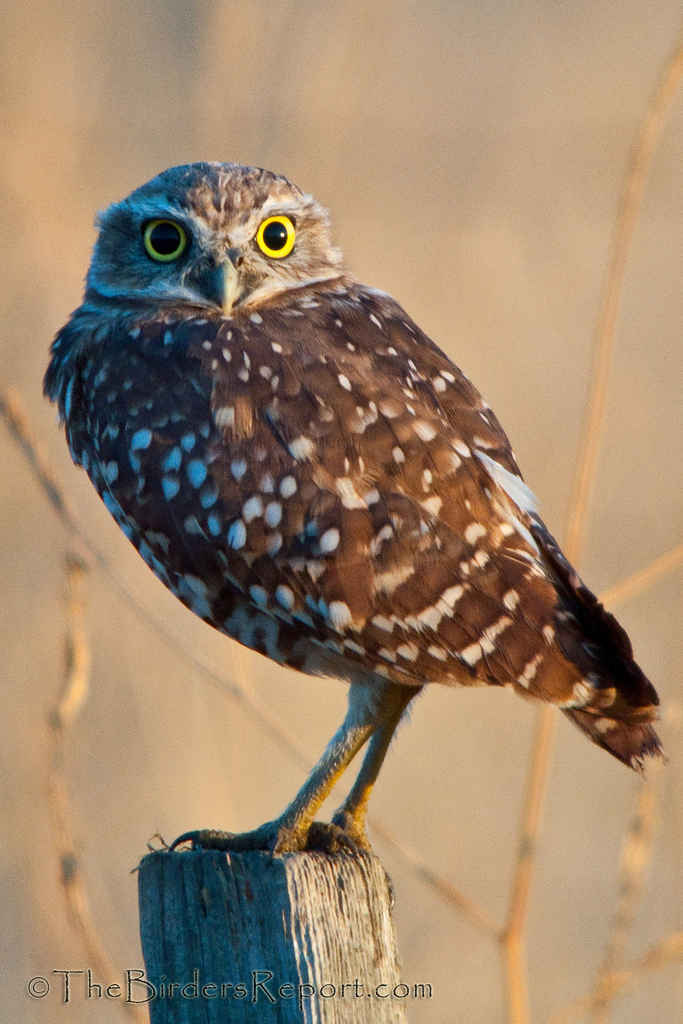A group of six youths and thirteen adults split into three teams that scoured Turtle Bay from the Highway 44 bridge to above the Sundial. They were looking for something, and they found it in profusion: Birds! It was Wintu Audubon’s Mini Christmas Bird Count for Youth and Beginners, and December sunshine after the cold snap made for a warm show of feathered flutterings from all over the rainbow.
The three teams each took an area and tried to identify and tally every bird they found in ninety minutes of searching. They totaled 791 birds from 57 different species, from stately herons and egrets, to squabbles of ducks down from the arctic, to “now-you-see-me-now-you-don’t brushbirds who, being hungry in the leafless trees, made themselves delightfully more visible than they often do.
A few highlights: an unstately heron gulping a fish that really shouldn’t have fit. An immature bald eagle in silhouette on a snag, being harassed by a handful of half-hearted crows. A resplendent Eurasian wigeon gleaming in the sun. A brown creeper finding its insect breakfast in the fissures of oak bark. A flock of cedar waxwings enjoying wild berries along the river.
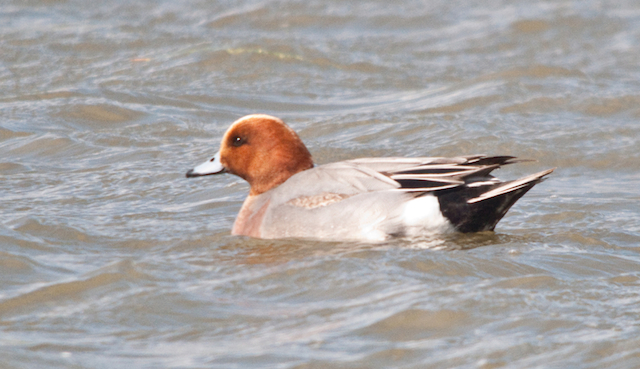
The species most counted, at ninety-nine, was Buffleheads, black and white diving ducks who typically nest in northern plains pothole country but come to our area for the unfrozen water in winter. The different counting teams might argue about which was the rarest bird to find in Redding in winter—perhaps the osprey, or the brown creeper or Hutton’s vireo, perhaps the Eurasian wigeon.
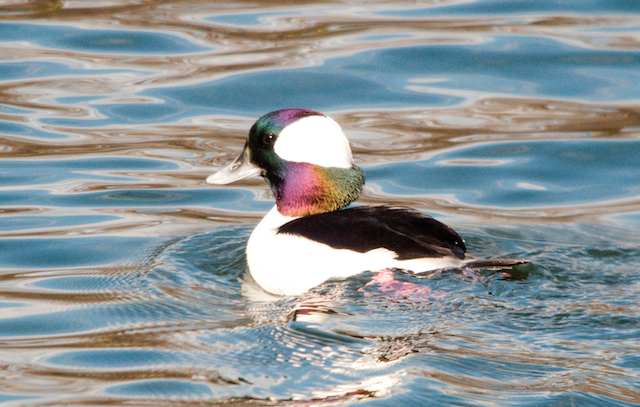
The Mini Count was part of Wintu Audubon’s Youth/Beginner Walks, which meet the second Saturday of every month at 9:00 a.m. at the Turtle Bay Monolith. Binoculars are provided. The public is invited.
Several full-day Christmas Bird Counts run in our area. See our event page for more information.
Youth/Beginner Mini Christmas Bird Count Totals:
- Canada Goose 58
- Wood Duck 1
- Gadwall 8
- American Wigeon 50
- Eurasian Wigeon 1
- Northern Shoveler 1
- Mallard 37
- Ring-necked Duck 2
- Bufflehead 99
- Commoon Goldeneye 51
- Barrow’s Goldeneye 21
- Hooded Merganser 1
- Common Merganser 24
- Double-crested Cormorant 19
- Great Blue Heron 6
- Great Egret 6
- Turkey Vulture 28
- Osprey 1
- Bald Eagle 1
- Red-shouldered Hawk 1
- Red-tailed Hawk 1
- American Coot 88
- Killdeer 7
- Spotted Sandpiper 4
- Gull (species unkn.) 19
- Ring-billed Gull 6
- Glaucous-winged Gull1
- Rock Pigeon 15
- Anna’s Hummingbird 5
- Belted Kingfisher 2
- Acorn Woodpecker 3
- Red-breasted Sapsucker 1
- Nuttall’s Woodpecker 3
- Northern Flicker 4
- Black Phoebe 5
- Hutton’s Vireo 2
- Western Scrub Jay 22
- American Crow 51
- Oak Titmouse 7
- Bushtit 26
- White-breasted Nuthatch 2
- Brown Creeper 1
- Bewick’s Wren 3
- Golden-crowned Kinglet 2
- Ruby-crowned Kinglet 9
- American Robin 7
- Northern Mockingbird1
- European Starling 4
- Cedar Waxwing 21
- Orange-crowned Warbler 2
- Yellow-rumped Warbler 15
- California Towhee 1
- Song Sparrow 12
- Lincoln’s Sparrow 3
- Golden-crowned Sparrow 7
- Red-winged Blackbird 12

